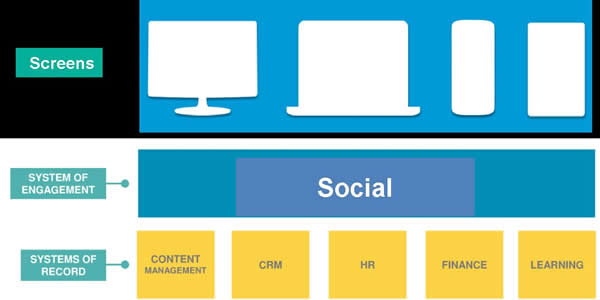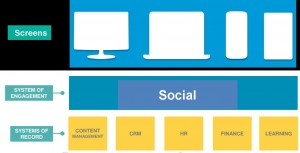Good article in Melbourne’s Age’s newspaper today about the tactics Australia’s telcos are employing in an attempt to lock their customers in to long-term bundles.
Unfortunately, its not surprising that despite their customer first rhetoric, these deals are all about these companies’ economics, their margins and their internal business drivers. It may be what’s best in terms of the immediate monthly and quarterly revenue targets, but is this approach a sound, long-term strategy?
You can read the full at The Age’s website, but here are two exerpts:
“The chief executive of the Australian Communications Consumer Action Network, Teresa Corbin, said bundles may offer discounts but also force consumers to buy services they do not use.”
“Telstra’s pricing encourages customers to either underestimate monthly calls, and get stung by higher actual costs, or pay higher monthly fees for something they may not use.”
The article quotes several telco execs defending their practices, but what they should be really worried about is a recent Deakin University study found that inertia was a stronger driver than loyalty in determining how long a customer stayed with one company.
There’s opportunity there for the first telco to break out from the pack and genuinely focus on customer centricity and the outside-in thinking that requires.


